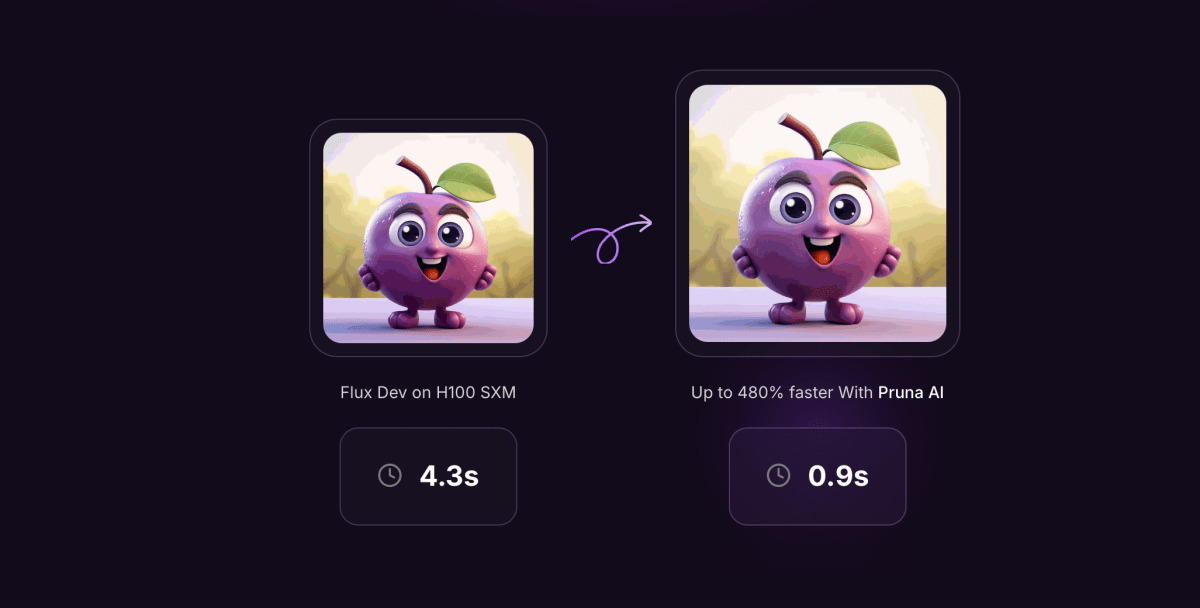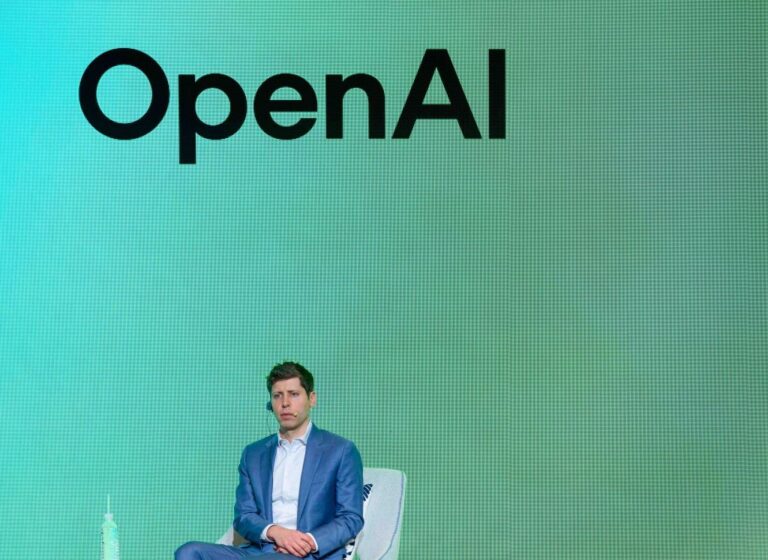Pruna AI Unveils Open Source AI Model Optimization Framework for Enhanced Performance
Pruna AI, a pioneering European startup specializing in compression algorithms for AI models, is set to release its optimization framework as an open-source solution this Thursday. This innovative framework is designed to enhance the efficiency of AI models by incorporating various methods, including caching, pruning, quantization, and distillation.
What is Pruna AI’s Optimization Framework?
Pruna AI’s framework stands out by applying a combination of efficiency techniques to optimize AI models. According to John Rachwan, co-founder and CTO of Pruna AI, the framework not only standardizes the processes for saving and loading compressed models but also evaluates their performance post-compression.
Key Features of Pruna AI’s Framework
- Model Evaluation: Assess quality loss after compression and measure performance gains.
- Efficiency Standardization: Similar to Hugging Face’s approach for transformers, Pruna AI standardizes efficiency methods.
- Multiple Model Support: The framework caters to various models, including large language models, diffusion models, and more.
Rachwan highlights that big AI labs have already implemented compression methods. For instance, OpenAI utilizes distillation to create faster iterations of models, like GPT-4 Turbo, which is a quicker version of GPT-4. Similarly, the Flux.1-schnell image generation model is a distilled variant from Black Forest Labs.
The Distillation Technique Explained
Distillation involves a “teacher-student” model approach, where knowledge is extracted from a larger AI model. Developers send requests to a teacher model, recording outputs for comparison against a dataset, which helps train the student model to mimic the teacher’s behavior.
Pruna AI’s Unique Value Proposition
While many large companies develop compression tools in-house, Rachwan emphasizes that the open-source community often offers single-method solutions. Pruna AI bridges this gap by providing a comprehensive tool that integrates various methods, making it user-friendly and efficient to combine multiple strategies.
Focus on Image and Video Generation Models
Pruna AI’s current emphasis is on image and video generation models, while it supports a wide range of AI applications, including speech-to-text and computer vision models. Existing users like Scenario and PhotoRoom benefit from both the open-source edition and an enterprise offering that includes advanced optimization features.
Innovative Compression Agent
One of the most anticipated features is the compression agent, which allows developers to specify optimization goals, such as speed enhancements without sacrificing accuracy. This tool automates the process of finding the best combination of methods for model optimization, simplifying the developer’s workload.
Cost-Efficiency and Future Prospects
Pruna AI operates on an hourly charging model for its pro version, akin to renting a GPU on cloud platforms like AWS. With a successful optimization framework, clients can significantly reduce inference costs. For instance, Pruna AI has managed to shrink a Llama model by eight times with minimal quality loss, positioning its framework as a valuable investment for AI infrastructure.
Recently, Pruna AI secured $6.5 million in seed funding, with backing from notable investors including EQT Ventures, Daphni, Motier Ventures, and Kima Ventures.







